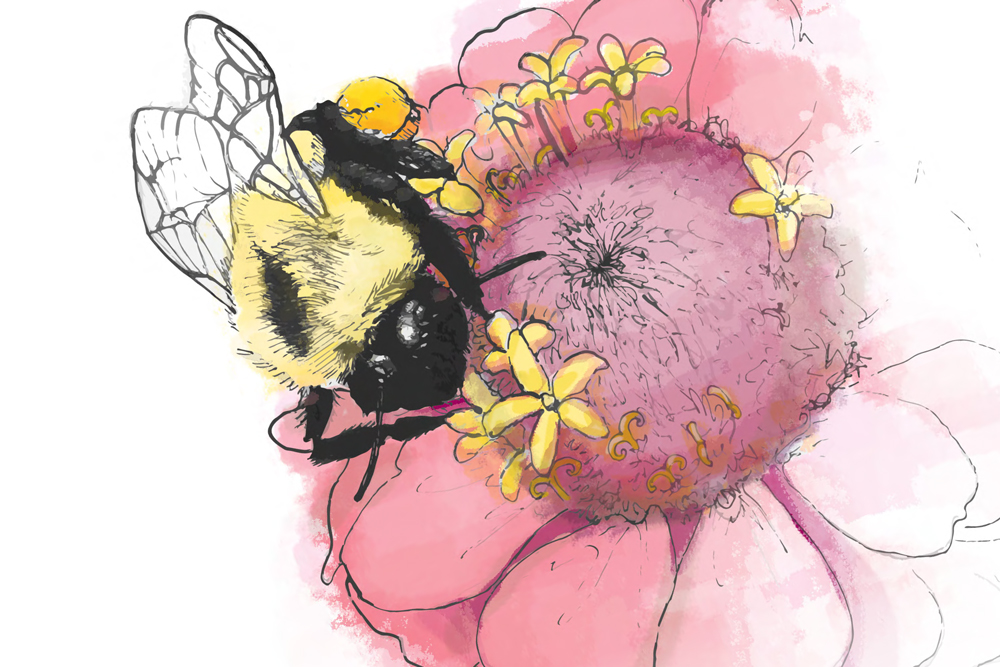By Brad Haire
University of Georgia
Georgia cotton farmers don’t want to jinx it. But right now, it
looks like they might have something they haven’t had in years:
a lot of cotton to sell for relatively good prices.
It’s rare in farming, or any other business, to have high
supplies and good prices at the same time. “But this year,
Georgia farmers might get both,” said Don Shurley, a University
of Georgia Extension Service cotton economist.
Good weather, prices
The weather, so far, has been good to the state’s cotton
growers, and they expect to harvest a lot of cotton. Less
fortunate weather in other cotton-growing states and the world’s
continued demand for more cotton products might mean better
prices, too.
“Not every state has enjoyed good cotton-growing weather like
Georgia,” he said. Other leading cotton-producing states, such
as Tennessee, California and Texas, expect low yields this
year.
According to the U.S. Dept. of Agriculture, Georgia farmers
expect to yield about 744 pounds of cotton per acre for a total
of 2 million bales. That’s not a record, but it’s a good year.
(A bale is about 480 pounds of cotton lint.)
Cotton prices are about 58 cents per pound right now. Again,
this is no record. But it’s good news compared to prices in
recent years.
Last year, Georgia produced about 1.6 million bales of cotton
and sold it for as low as 40 cents per pound.
The 2002 cotton crop was valued at $397 million. Because of
improved yields and better prices, the 2003 crop is expected to
be worth $571 million, Shurley said.
“And this extra cotton money will, for the most part, go to the
rural areas of Georgia that produce cotton,” he said.
But . . .
But every silver cloud has a dark lining, so to speak. Georgia
farmers still have to get this year’s crop through the harvest,
which starts in October and runs through November.
Farmers want dry weather during harvest. Rain hurts yields and
prevents farmers from harvesting a quality crop, Shurley said.
The Gulf of Mexico has thrown some hard tropical weather punches
at Georgia during past cotton harvests.
Prices could drop before the end of harvest, too, he said.
Overall U.S. production is expected to be about 17 million bales
this year. This is about 100,000 bales less than last year, but
still much more than the U.S. textile industry expects to buy
from U.S. sources.
of U.S. cotton. This year, 11.8 million bales of U.S.-grown
cotton are expected to be sold to foreign buyers.
China?
This puts U.S. growers at the mercy of world cotton supply and
demand. This year, other countries expect to supply about 7.5
million more bales of cotton, 5 million of which is expected to
come from China.
China’s cotton production numbers have never been clear, Shurley
said. And world cotton buyers never know if China’s numbers are
right. So for now, world cotton buyers are waiting to see if
China begins to dump its increased production on the world
market.
If they do, Shurley said, it will certainly lower cotton prices
for Georgia farmers trying to sell their cotton in the world
market.
The last time the state’s farmers had high production coupled
with good prices was in 1996. That year they had 747 pounds of
cotton per acre and sold it for about 71 cents per pound.




